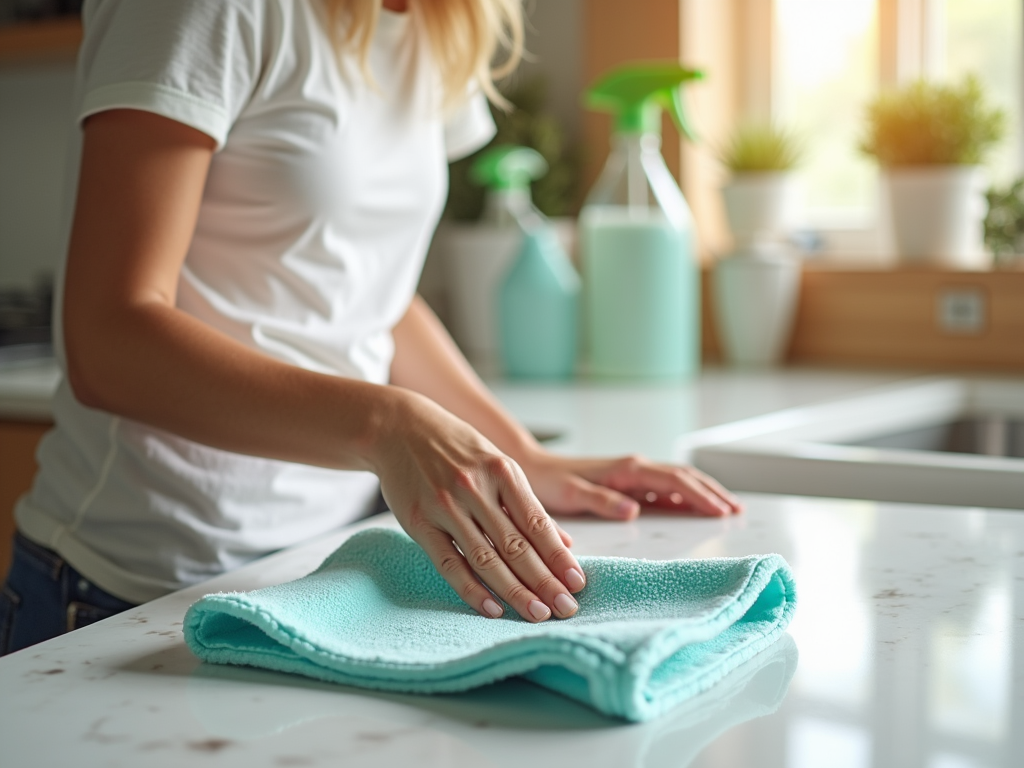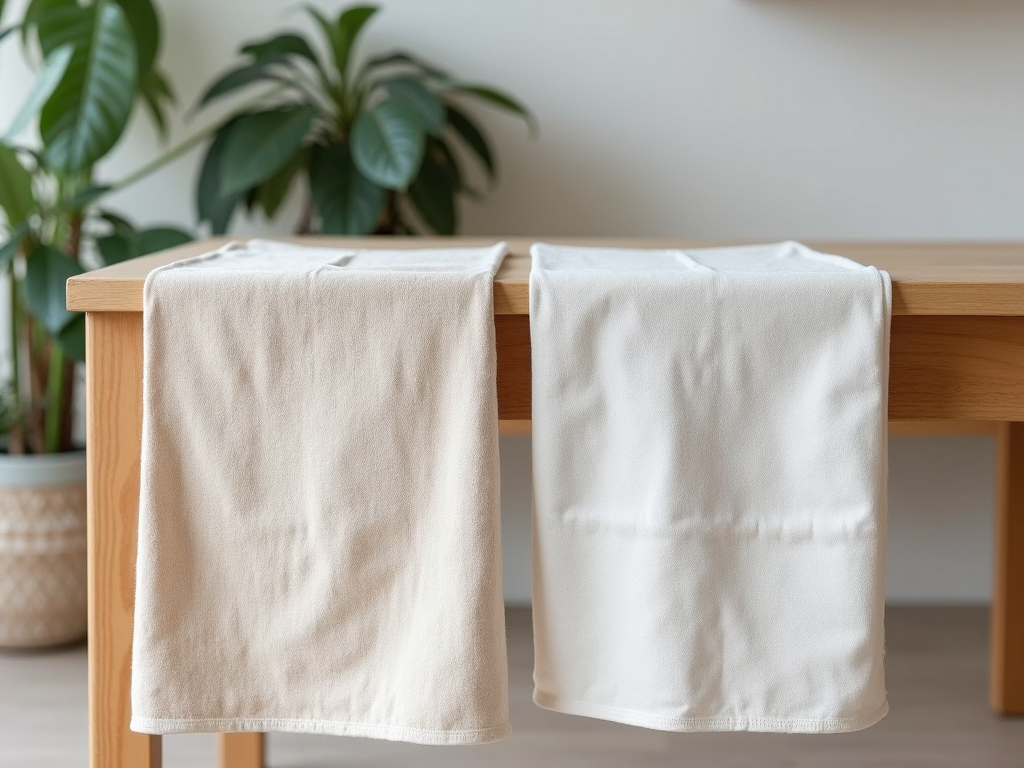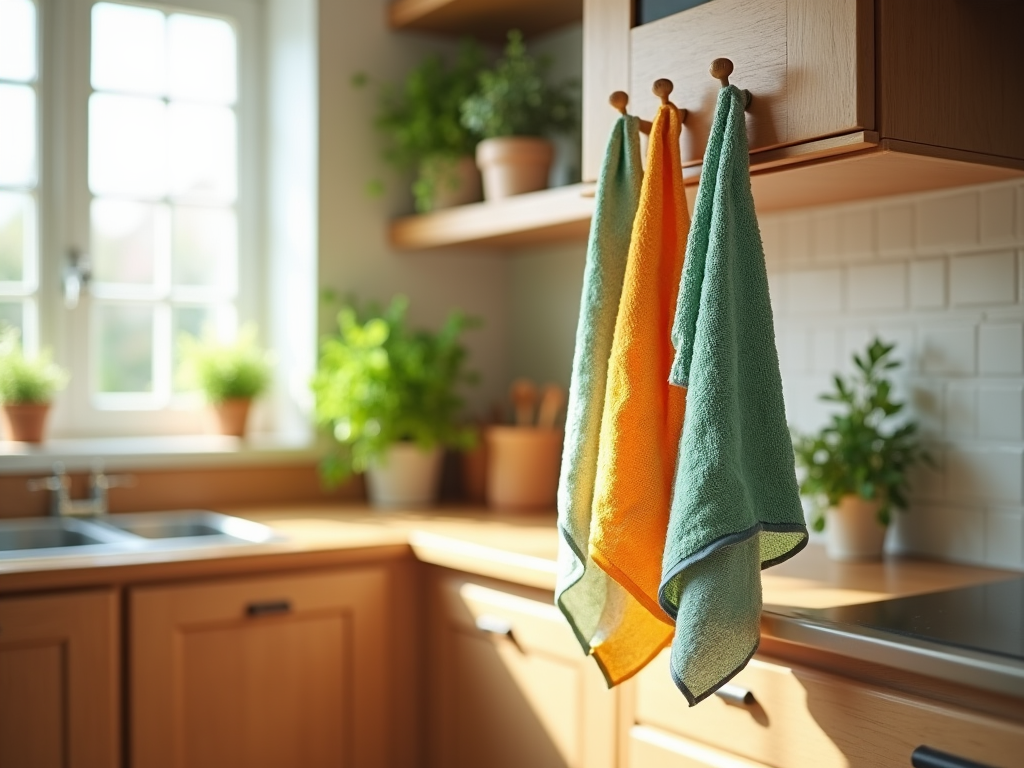Swedish dishcloths have become a household staple in many eco-conscious homes, celebrated for their functionality and sustainability. These cellulose-based cloths can absorb multiple times their weight in liquid, making them an exceptional choice for effective cleaning. Their versatility allows them to serve various roles, from cleaning kitchen surfaces to mopping up spills. However, like any cleaning tool, they come with an expiration date. Over time, even the most well-cared-for dishcloth will lose its effectiveness and need to be replaced. Understanding the lifetime of these dishcloths is essential for maintaining hygiene and maximizing their benefits.
It’s essential to recognize that the frequency of replacement can depend on multiple factors. The way you use and maintain your Swedish dishcloth will dictate how long it lasts. For instance, if you use it daily for heavy-duty cleaning tasks, you might find yourself needing to replace it more often than someone who uses it infrequently. Experts agree that monitoring the condition of your dishcloth is crucial. Identifying signs of wear and tear early can help prevent the spread of bacteria, thereby promoting a cleaner and healthier home environment. In the following sections, we will investigate expert recommendations regarding replacement frequency and maintenance tips.
Factors Influencing Replacement Frequency

The lifespan of a Swedish dishcloth can vary widely based on how frequently it is used. On average, these cloths can last anywhere from 6 months to a year, depending on the above-mentioned factors. Below are some considerations that may impact how quickly you need to replace your cloth:
- Usage Frequency: Daily use can lead to faster deterioration compared to occasional use.
- Condition: Visual clues such as discoloration or visible damage can indicate that it’s time for a change.
- Material Quality: Higher quality dishcloths may last longer, so selecting a reliable brand is important.
Other signs indicate that your Swedish dishcloth is nearing the end of its useful life. Among them, odors can be particularly telling. If, even after a wash, your dishcloth continues to have a stale or foul smell, this is a clear sign it’s time to retire it. Additionally, visible wear—like frayed edges or holes—tends to affect functionality. Some other factors include:
- Frequency of washing and drying methods used.
- Type of surfaces it has been used on.
- Exposure to heat and direct sunlight during drying.
Recommendations from Experts

Cleaning professionals and eco-friendly brands emphasize the importance of hygiene in their recommendations. Current expert consensus suggests the following replacement intervals based on usage habits:
| Use Frequency | Recommended Replacement Interval |
|---|---|
| Daily Use | Every 1-3 months |
| Moderate Use | Every 6 months |
| Infrequent Use | Every 12 months |
Incorporating regular inspections will enhance your maintenance efforts. If you consistently check for wear and proactively replace your dishcloth as needed, you can maintain an effective cleaning routine. This not only extends the life of your dishcloth but also promotes healthier living conditions in your home. Experts also recommend various cleaning techniques that can improve longevity. Keeping your dishcloth clean plays a vital role in its effectiveness.
Here are some best practices recommended by experts on how to maintain your Swedish dishcloth:
- Wash the dishcloth in hot water to kill any lingering germs and bacteria.
- Avoid using fabric softeners as they can create a barrier, reducing absorbency.
- Air-dry the dishcloth instead of using a dryer to keep its structure intact.
Sustainability Considerations
As individuals become more eco-aware, the environmental impact of waste is taken into serious consideration. Swedish dishcloths made from natural materials like cellulose can be composted, providing a sustainable end of life. However, it’s essential to check the packaging to ensure you are disposing of it responsibly. Disposal methods impact environmental health, which is why choosing the right product matters. Responsible disposal not only reflects your values but sets an example for better practices, contributing positively to the ecosystem.
Conclusion
Understanding how often to replace your Swedish dishcloth is crucial for effective cleaning and maintaining hygiene in your home. Keeping an eye on its condition and following expert recommendations can help you navigate the interplay between functionality and sustainability. By selecting high-quality products and adopting proper cleaning techniques, you can prolong the life of your cloth, making it both a practical and responsible choice. Through regular replacements, you not only enhance your cleaning routine but also express a commitment to a greener lifestyle.
Frequently Asked Questions
- How long do Swedish dishcloths usually last? Typically, they can last anywhere from 6 months to a year with proper care.
- Can you machine wash Swedish dishcloths? Yes, most Swedish dishcloths are machine washable, but air-drying is recommended for longevity.
- What should I look for to know when to replace my dishcloth? Signs include fraying edges, persistent odors, or visible stains that do not wash out.
- Are there any eco-friendly ways to dispose of old Swedish dishcloths? Yes, they can usually be composted if they are made from 100% natural materials.
- Can I use Swedish dishcloths for all cleaning tasks? While versatile, it’s best to use them on surfaces they’re designed for, such as countertops and dishes.


